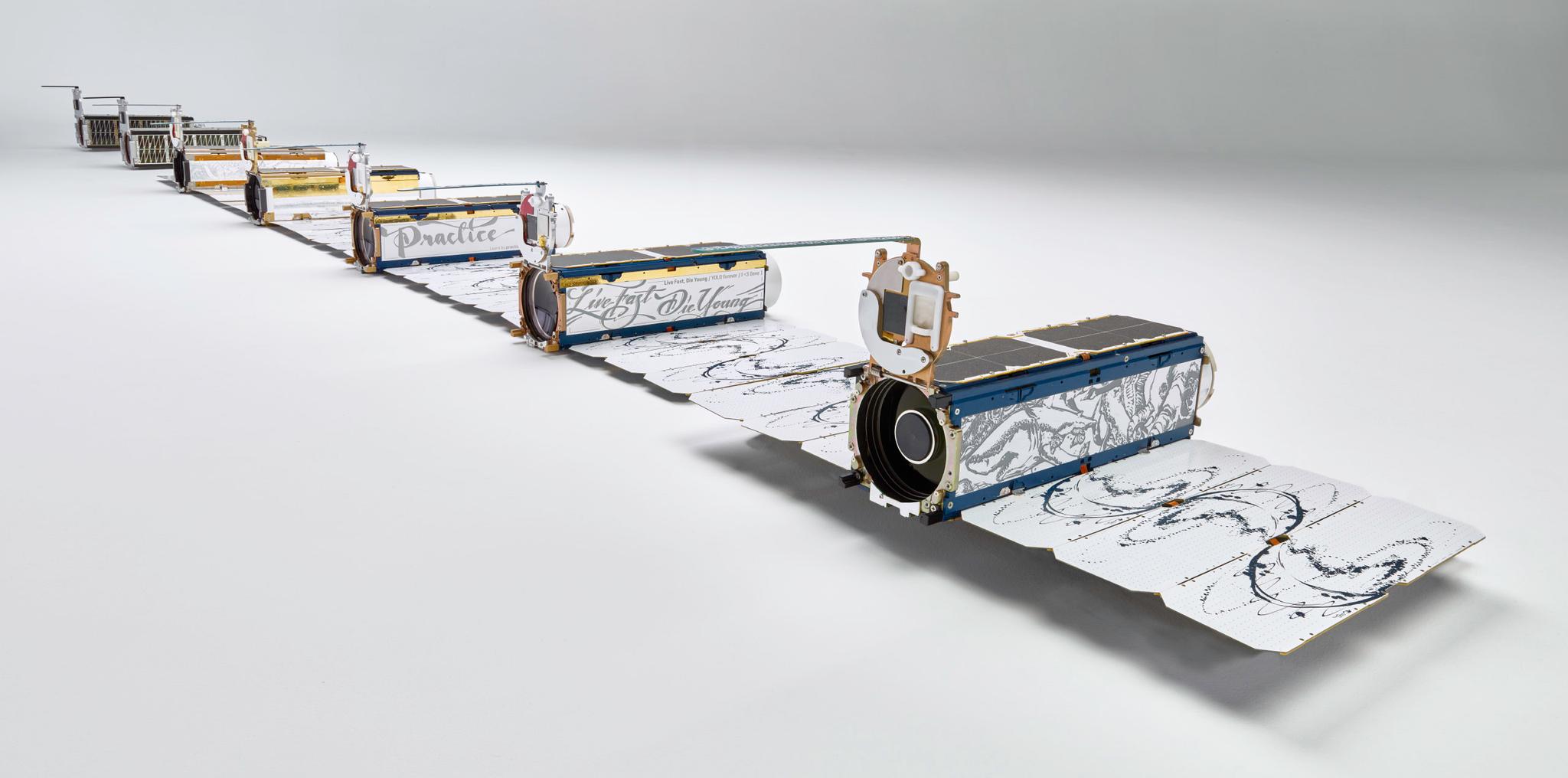What is Agile Aerospace? Learn Planet's Approach

Seven iterations, or "builds" of Planet's Doves show agile aerospace in action // Credit: Planet Labs, Inc.
StoriesAgile aerospace is a philosophy of spacecraft development that encourages rapid iteration, where the aim is to make small improvements to every spacecraft design instead of exhaustively trying to perfect each one on the first try. The goal of this approach is to continue to optimize spacecraft architecture through an evolution of capabilities. At Planet, this means frequently releasing new spacecraft designs, testing them in space, and making changes based on the results. We’ve taken an agile aerospace approach since 2012, and have completed 14 major iterations of the Dove spacecraft design with new generations being released at a steady rate. Getting our first satellites into space quickly—even if they were far from perfect—enabled us to step through the regulatory and launch integration processes, develop our constellation management software, and learn some hard lessons about the challenges of space optical systems before changes became too costly. We were able to bring prospective customers into the loop as well, and received feedback on actual imagery captured by our early satellites that guided our engineering focus in subsequent years. While we’ve reaped the benefits of this philosophy, it’s worth noting that it does not make sense to apply it to just any project. Taking an agile aerospace approach imposes constraints on how a spacecraft is designed, manufactured, and operated, and we’ve found that it goes hand in hand with a large constellation approach to realizing a mission.


Ready to Get Started
Connect with a member of our Sales team. We'll help you find the right products and pricing for your needs

